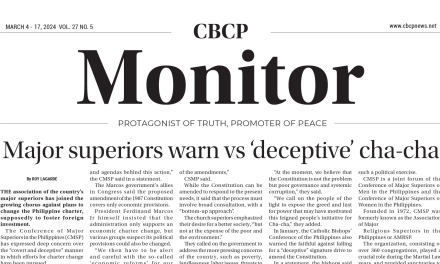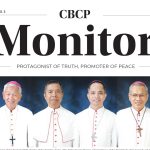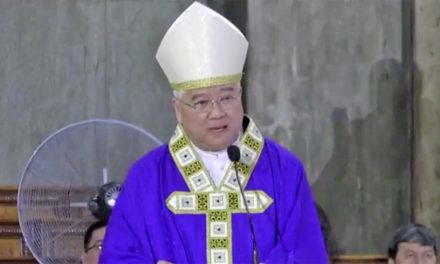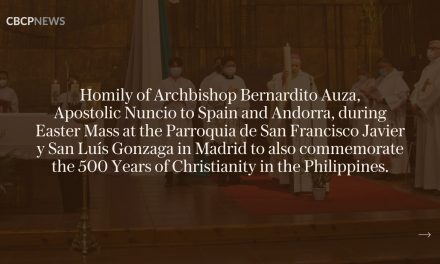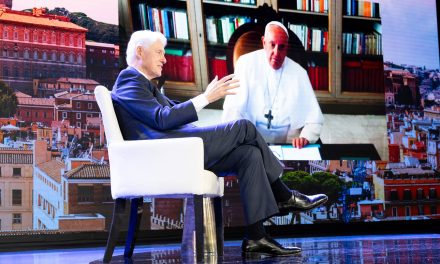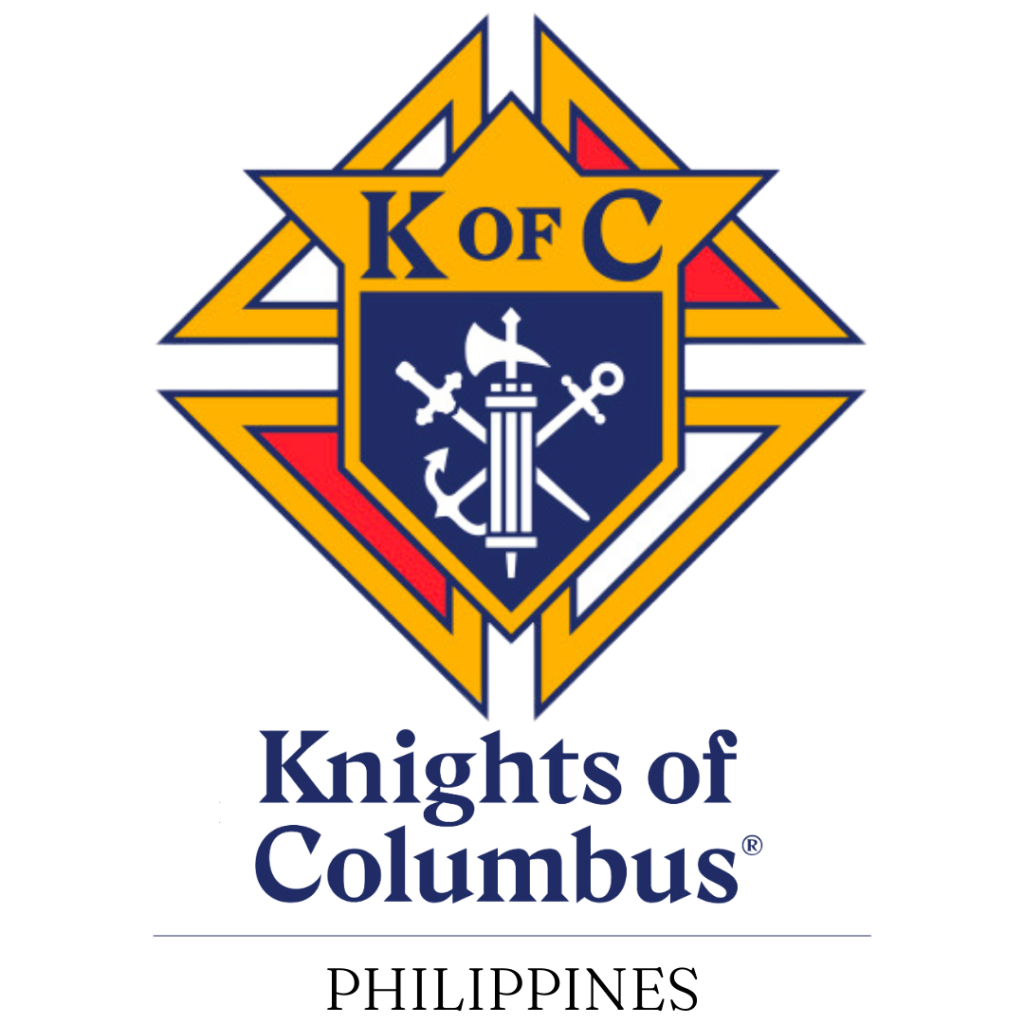
What makes a Catholic school (part 1): A Closer Look at the SJI-Huaming Controversy


St. John Institute – Hua Ming. PHOTO COURTESY OF SJI
By Fr. Jaime B. Achacoso, J.C.D.
My attention has recently been called by two friends—separately—on what apparently is a scandalous controversy raging in the diocese of Bacolod. Before the Christmas break, an old friend from my UP years approached me regarding the conflict between the Board of Trustees of the SJI-Huaming School in Bacolod and the Diocese. With the Christmas break and my teaching engagements in the interim, I had temporarily shelved this matter. But as soon as I got back, my attention was called, this time by a fellow canon lawyer, regarding the position paper of the President of the CEAP regarding the aforementioned controversy. As a judicial vicar, he had been asked by the catholic school community in his own diocese regarding that paper. I would like to contribute towards the resolution of this matter, since obviously the only one benefiting from the conflict is the devil, who foments division in the Mystical Body of Christ.
- Catholic education vs. Catholic educational institutions
Education includes not only the transmission of different fields of learning, but also the effort to inculcate the virtues that form part of the fully developed human person. Thus, for education to be considered Catholic it must not only transmit religious doctrine in accord with the Magisterium of the Church, but must also strive towards the integral formation of the human person and be oriented to his supernatural last end (cf. c.795).
a. Catholic education. Education can be called Catholic based on its content and the formation given, independently of whether it is given by educational institutions of the Church or by the Catholic faithful of their own initiative. It would be Catholic if it is imbued by the Christian spirit with which, on the other hand, all the faithful should inform their actions. Such Catholic education can be imparted in private—ecclesiastical or otherwise—or public (state) institutions.
Canon Law considers the transmission of Catholic values as an integral part of education. Such transmission of values is considered as primarily the work of persons—i.e., parents, the community, pastors, educators, etc. But in the context of Canon Law, it needs institutional expression and support—e.g., parishes and religious institutes, or Catholic educational institutions.
b. Catholic educational institutions. What makes an educational institution Catholic? This topic has been the object of extensive discussion, but for the purposes of this article, we shall limit ourselves to two dimensions of what the law considers to be the Catholic identity:
1) Internal Dimension of Catholic identity. The latest juridic Church document on the matter, Ex corde Ecclesiae, lists four essential characteristics for a university to be Catholic (art.13). Mutatis mutandis, we can assume the same requirements for other Catholic educational institutions:
i) Christian inspiration not only of individuals but of the university community as such;
ii) Continuing reflection in the light of the Catholic faith upon the growing treasury of human knowledge, to which it seeks to contribute by its own research;
iii) Fidelity to the Magisterium—i.e., to the Christian message as it comes to us through the Church;
iv) Institutional commitment to the service of the People of God and of the human family in their pilgrimage to the transcendent goal which gives meaning to life.
In short, the identity of a Catholic University—mutatus mutandis, of a Catholic school–is essentially linked to the quality of its teachers and to respect for Catholic doctrine.
2) External Dimension of Catholic Identity. This refers to the institution’s public image as Catholic, and to its formal relationship with the Catholic Church, particularly to the Catholic hierarchy. Given a Catholic educational content, an educational institution can formally (officially) use the name Catholic only with the permission of the competent Catholic authority (cf. cc.216 & 803, §3), which is only given when the Hierarchy—and the Church—is in some way committed in such institution. These can be of two different types (cf. c.803, §1):
- i) Those established and directed by the Hierarchy or by a public ecclesiastical juridic person.
- ii) Those recognized as Catholic by the competent authority through a written document.
- Catholic schools
By Catholic schools we understand those educational institutions in the first (elementary) and secondary (high school) levels, which meet the requirements of Catholic identity. Reserving a more thorough discussion of this point for Part II of this article (vid. infra), we can say at this point that Catholic identity has many aspects. It may refer to the actual transmission of Catholic values in and by a school, or to a public perception that the school is truly Catholic, or to an official commitment of the school to the Roman Catholic Church.
a. Rationale for Catholic Schools
The establishment of Catholic schools finds its rationalization in the following principles:
1) Right-duty of parents to educate their children: Primary education is tied in with the fundamental right-duty of parents to educate their children in accord with their own religious and moral principles. The Code reflects several consequences of this right-duty:
a) Right-duty of parents to foster Catholic education in schools: The Christian faithful are to strive so that in civil society the laws which regulate the formation of youth provide also for their religious and moral education in the schools themselves in accord with the conscience of the parents (c.799).
b) Right-duty of parents to provide Catholic education to their children: Parents are to entrust their children to those schools in which Catholic education is provided; but if (the schools) are unable to do this, they are bound to provide for their suitable Catholic education outside the schools (c.798).
The Code even goes further, typifying the opposite of this as a crime: Parents or those who substitute for parents are to be punished with a censure or another just penalty if they hand their children over to be baptized or educated in a non-Catholic religion (c.1366).
c) Right-duty to foster Catholic schools: Among educational means the Christian faithful should greatly value schools, which are of principal assistance to parents in fulfilling their educational task (c.796, §1). The Code goes further stating that: The Christian faithful are to foster Catholic schools by supporting their establishment and their maintenance in proportion to their resources (c.800, §2).
2) Freedom of parents to select schools: It is necessary that parents enjoy true freedom in selecting schools; the Christian faithful must therefore be concerned that civil society acknowledge this freedom for parents and also safeguard it with its resources in accord with distributive justice (c.797). The State has the duty to give juridic protection for the effective exercise of this right—e.g., providing the sufficient financial assistance to private schools (Catholic or otherwise) to make it economically feasible for all families to send their children to those schools that they reasonably choose, so that private schools do not become too expensive due to lack of state support for the cost of education.
3) Right-duty of the Church to safeguard the parental right to give their children a Catholic education: If schools imparting an education imbued with the Christian spirit are not available, the diocesan bishop is to see to it that they are established (c.802, §1).
b. Canonical regulation of Catholic Schools
1) General regulatory competence of local Ordinary: The diocesan bishop is competent to issue prescriptions dealing with the general regulation of Catholic schools; such prescriptions are also operative for those schools which are directed by religious, with due regard for their autonomy regarding the internal management of their schools (c.806, §1 in fine).
2) Oversight function of the Local Ordinary: The diocesan bishop has the right of vigilance over and visitation of the Catholic schools located in his territory, even those schools which have been established or are being directed by members of religious institutes (c.806, §1). The Code stipulates the extent of this oversight function to include the following:
- a) Academic standards: The directors of Catholic schools, under the vigilance of the local ordinary, are to see to it that the instruction given in them is at least as academically distinguished as that given in the other schools of the region (c.806, §2).
- b) Appointment and tenure of religion teachers: For his own diocese the local Ordinary has the right to name or approve teachers of religion and likewise to remove or to demand that they be removed if it is required for reasons of religion or morals (c.805). He should be concerned that those who are assigned as religion teachers in schools, even in non-Catholic ones, be outstanding for their correct doctrine, their witness of Christian living and their pedagogical skill (c.804, §2).
c. Vigilance over Catholic education in non-Catholic schools
In public schools and those private schools under the free initiative of the faithful, the oversight function of the ecclesiastical authority is reduced to a desideratum in the Code: The local Ordinary should be concerned that those who are assigned as religion teachers…be outstanding for their correct doctrine, their witness of Christian living and their pedagogical skill (c.804, §2). Among the possible concretizations of this desire could be:
1) Ecclesiastical certificate of aptitude for religious instruction – which the competent ecclesiastical authority could expedite for those who meet the requirements of c.804, §2.
2) Diploma for religion teachers– which could be acquired by taking an ecclesiastically approved course in basic Christian doctrine in an ecclesiastically approved educational institution.
3) Church-State agreements–either at a local level or national level (through concordat between the State and the Holy See)–regulating this matter. [To be continued.]


